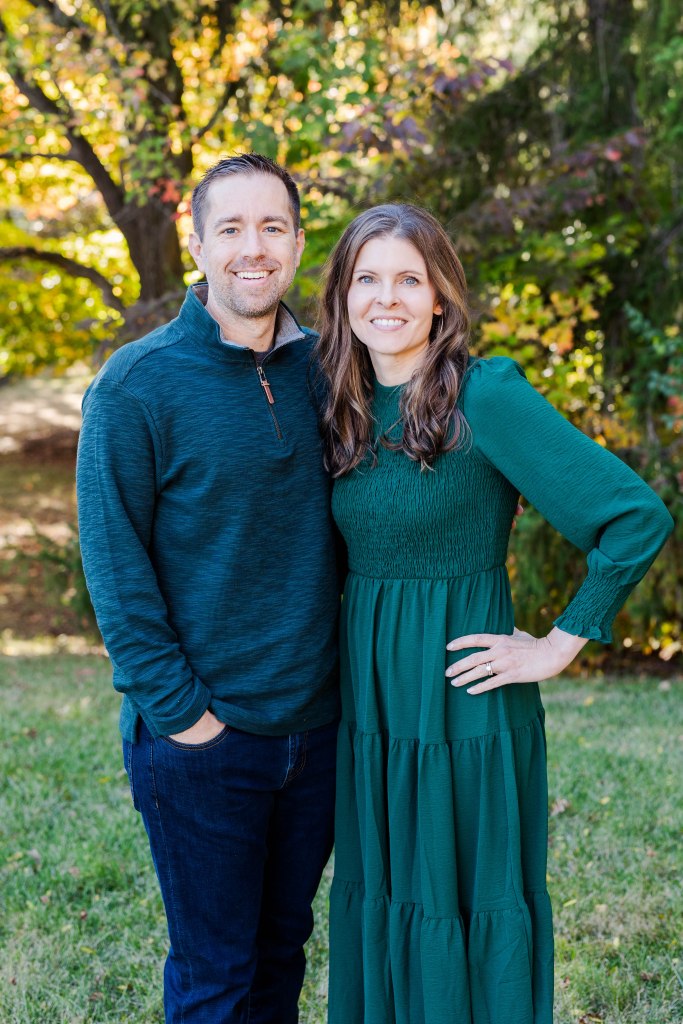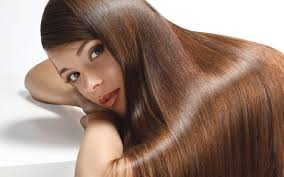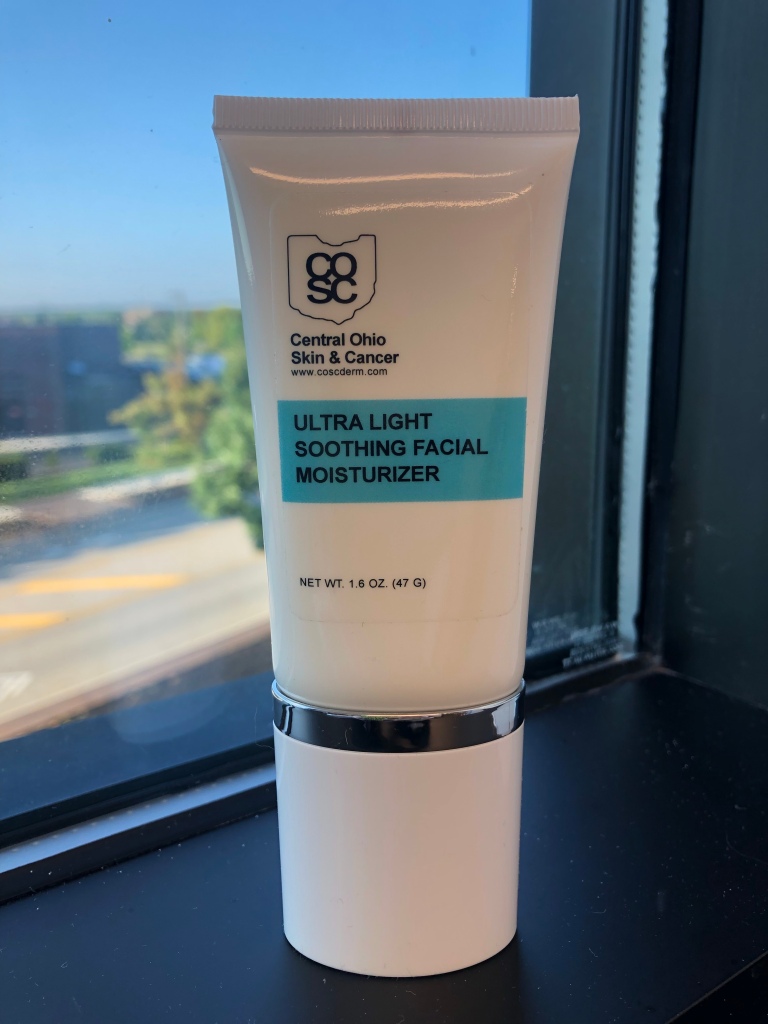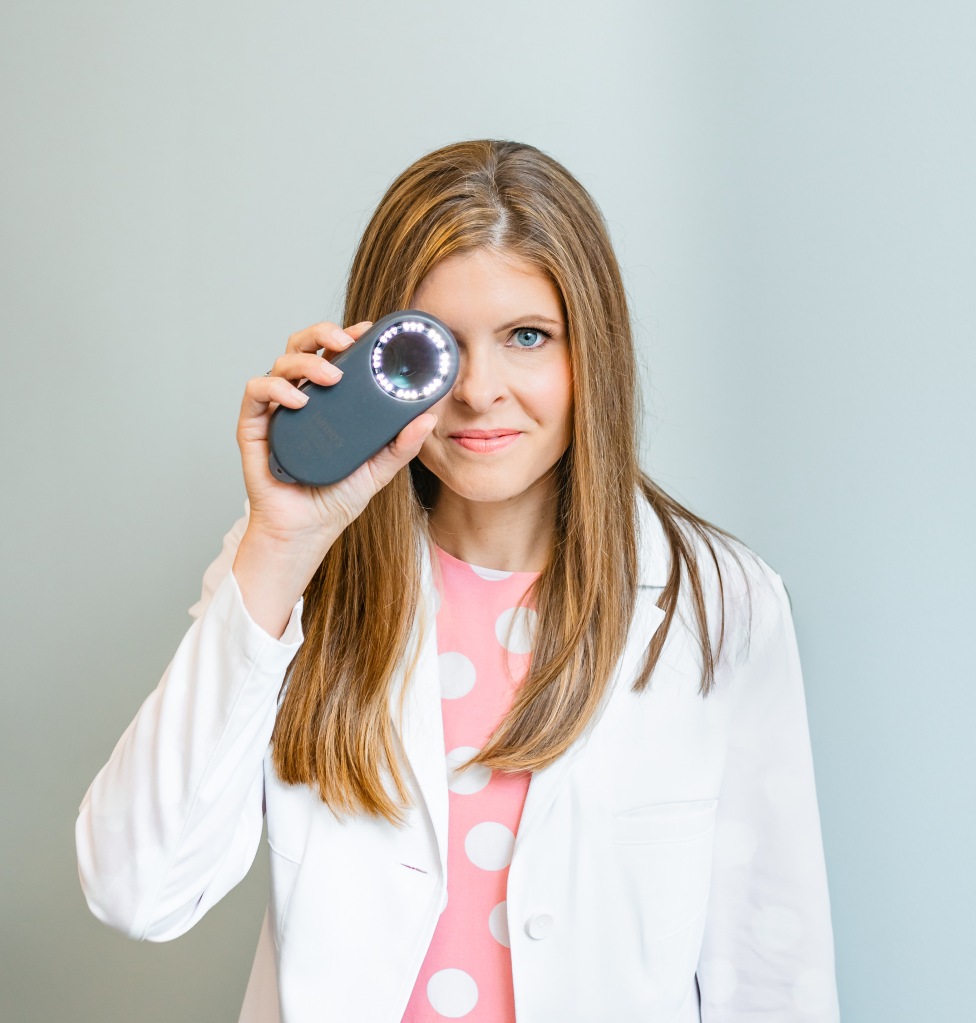
What do you see on your skin? Is it brown spot? Do you see dilated/broken blood vessels? Do you see fine lines/wrinkles? Do you see sagging skin?
Not to be depressing straight from the start here, but unfortunately all those changes can happen to our skin. Now, depending if your skin tends to be more fair/blue eyed/light hair vs easily tans/brown eyes/darker hair you may gravitate towards more redness/broken blood vessels or more brown spots, respectively. This is based on your genetics and background skin type. But that doesn’t mean you have no control over your future skin!
FIRST, begin with sunscreen. SPF is an under-appreciated anti-aging tool! Having more birthdays does generally tend to make a person begin to look older, however the sun is an accelerant. It causes more visible blood vessels on our cheeks or sides of the nose. The sun causes more brown spots, melasma, and uneven skin tone. The big star in our sky causes collagen loss at a faster rate which can lead to more wrinkles, volume loss, and sagging. So, as the song that was popular when I was in high school >20 years ago said….. “If I could offer you one tip for the future, Sunscreen would be it!”
After you have begun your morning routine of washing with a gentle cleanser, moisturizing if your skin is dry, and then putting on a lightweight SPF 30 or greater sunscreen, you have a few choices. First, you could just continue to cleanse your skin…………don’t over-scrub, don’t use harsh astringents or gritty exfoliators, make sure your skin doesn’t feel too dry, and wear your sunscreen. This by itself will cause your skin to look healthier and more youthful, especially as a lifelong habit.
However, if you want to protect and improve the quality of your skin because perhaps you are of the generation who would sunbathe with baby oil, iodine or foil… then you should definitely schedule an appointment with your dermatologist. This is because first you want to make sure you do not have any pre-cancers(actinic keratoses) or skin cancers(basal cell carcinoma, squamous cell carcinoma, or melanoma). Then, after you have been thoroughly examined for the most important and potentially life-threatening issues that could be caused by the sun, you can begin to work on the more cosmetic issues you are noticing.
Broken blood vessels usually need to be treated with a laser. I wish there were a magic cream for these but laser works best. Conveniently, one of our lasers also targets fine lines and brown spots as well as the blood vessels.
Brown spots sometimes can be treated with just creams. In order for the creams to penetrate deep enough and work their best they should be combined with a retinol and/or with some chemical peels. We luckily have glycolic acid peels (AHA) which have no down-time and can be used in combination with the above topical treatments. Sometimes more aggressive peels or laser or liquid nitrogen may be needed.
Fine Lines/Sagging can be targeted with microneedling, fillers, or lasers. All these treatments either promote the creation of your body’s own collagen(microneedling and laser) or inject filler for volume.
Your dermatologist will know which treatments are best for you, who to refer you to if they don’t perform some of these treatments, and in which order you should tackle your concerns.
Written by Dr. Andrea LaTorre, Board Certified Dermatologist



















